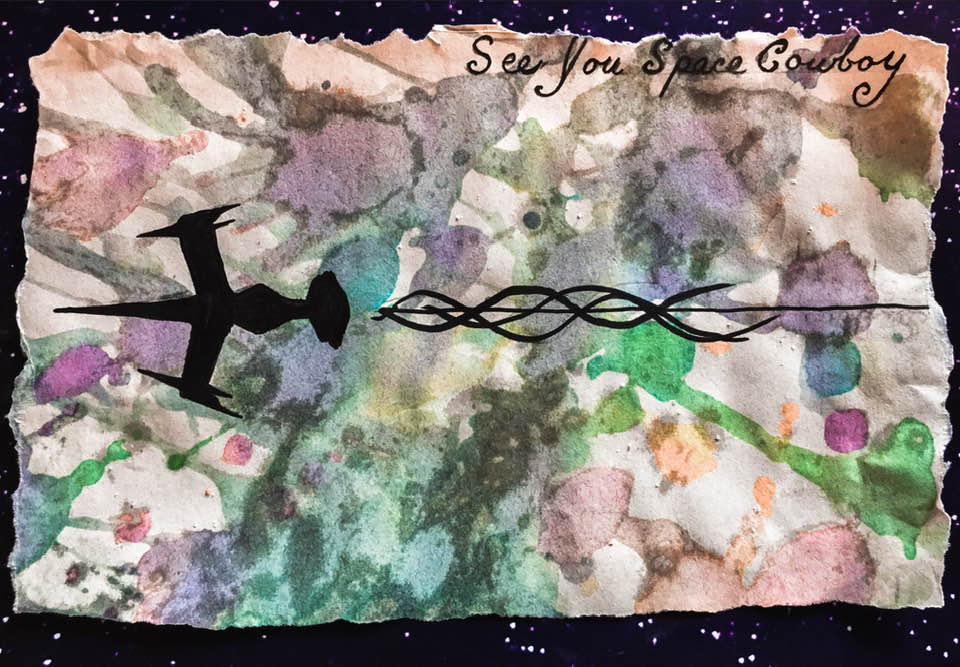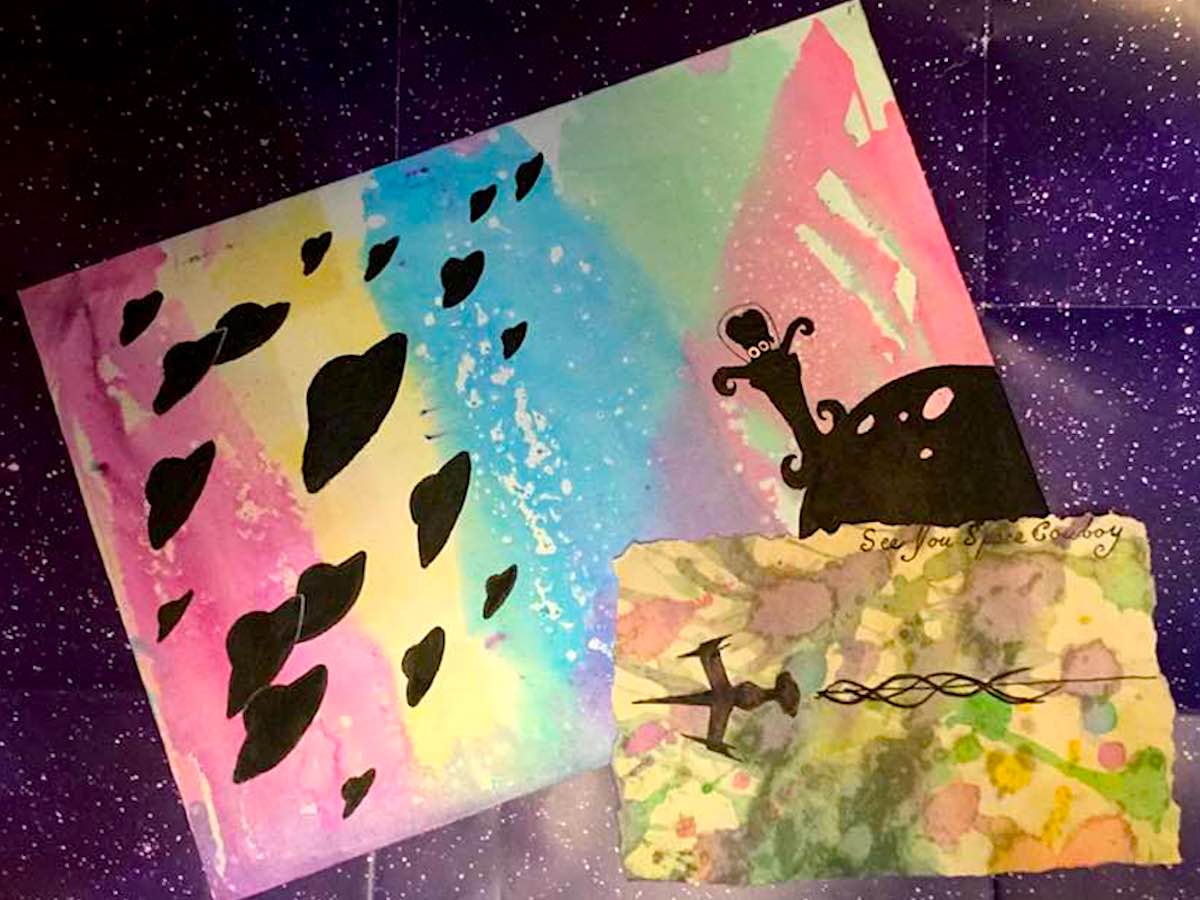This summer’s Be the Artist 2021 will help readers discover visual art-related words.
The Word: Emulsion
Those who love science and culinary arts will know the word “emulsion” as much as any visual artist, and that is one of the things that makes this word so cool.
An emulsion is, in the most simplified terms, the dispersing of small amounts of one liquid with another that it is now soluble with. Think oil and water. If you want them to mix, though, ad something called an “emulsifying agent.” (like an egg yolk), and it works like glue to create mayonnaise!
It is actually a little more complicated, but that is the basic idea. The emulsifier is a sort of glue that holds the other two together.
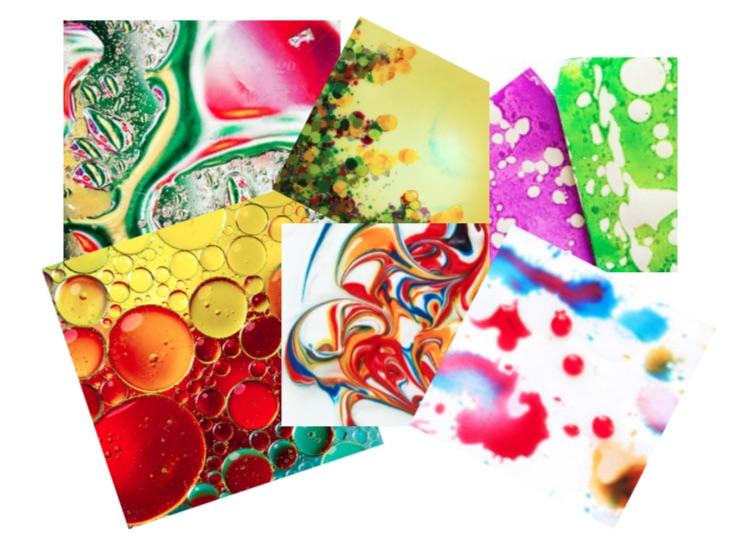
Cooks use emulsions. Photographers use them in silver emulsions. They are used for lipid testing, cosmetics, medicine, and more. Painters, of course, are always discovering new colors and textures by blending acrylics, watercolors, or other paint mediums with oils, gels, and other substances.
There are many, many fun lessons to learn about emulsions in various fields, but we will focus on the realm of the visual art world alone. Pop art pioneer Bridget Riley used emulsions on canvas to create her dizzying creations in the 1960s, and in the 1930s, Arthur Dove’s abstract landscapes mixed wax and emulsion.
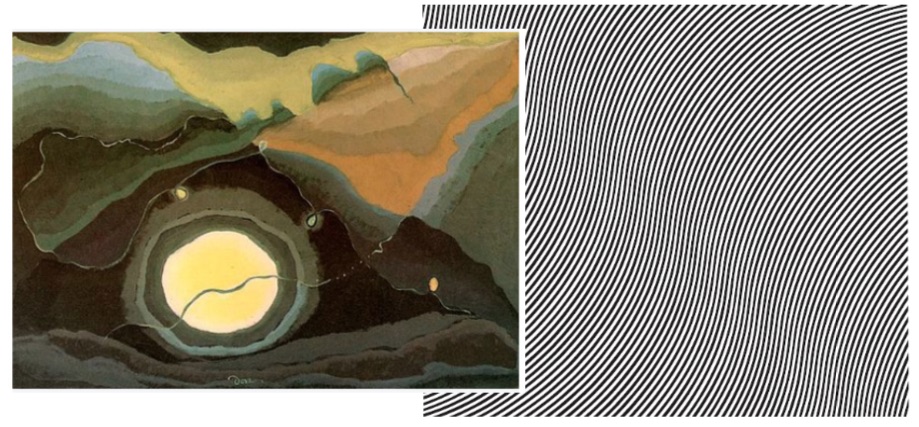
Emulsions are, essentially, everywhere in art, even for things we don’t think about.
EDM musician Steve Aoki mentioned making his own emulsion for silk-screening t-shirts in a Billboard interview in 2013, just another small unseen part of a bigger project.
“I have been doing merch since I was 15 and in bands when I was a teenager—silk-screening shirts, making the emulsion in my mom’s closet I converted into a dark room, through college,” he explained. “That’s essentially how our bands survived—was selling homemade t-shirts.”

The Project: Kitchen Pantry Items in Space!
Since emulsions are part of many recipes, a good way to create a project using an emulsion is by digging into the kitchen pantry for materials.
For this project, specifically, find: salt, cooking oil, water, and food coloring.
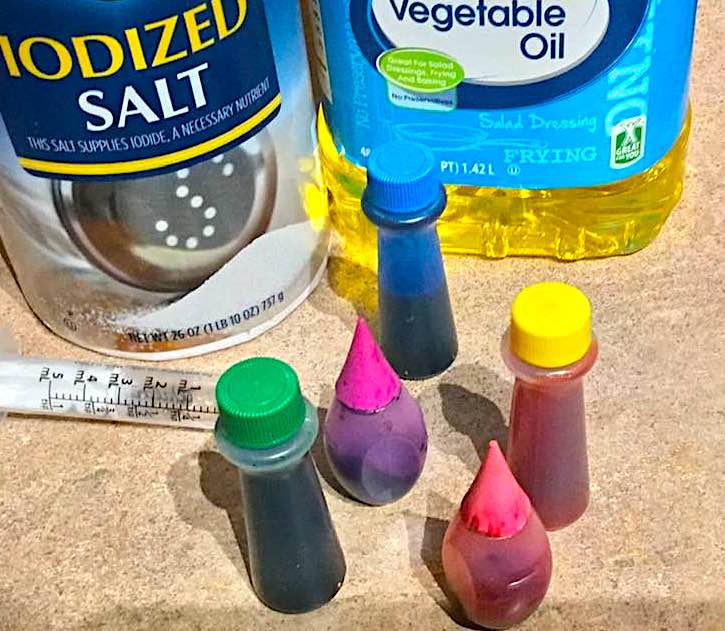
We’re going to create an emulsion that will resemble something “otherworldly” such as a nebula or night sky.
This project can get messy, so younger artists want to wear something to cover their clothes, and make sure the surface is placed on a tray or large cooking sheet with edges.
First, find a large piece of manila drawing paper (the texture works well for this) or a small art canvas. Sprinkle a small handful of salt lightly over the surface. This will give a hint of stars.
Next, place mix a couple of drops of different food coloring in three or four different small paper or plastic cups, and add a couple of drops of water. Next, add a couple of drops of cooking oil to each.

Bonus tip: For parents who don’t want to deal with food coloring, simple watercolor paints work as well.
When the emulsions are ready, take a damp wad of napkin or a sponge and dab it over the paper. This will help the mixture spread out easier.
Using a small medicine syringe, teaspoon, or eyedropper and drop the oil, food coloring, and water, mix on the surface. Don’t overlap the colors too much or it will get less colorful.

Let it dry completely for at least a few hours (or even overnight), and you have some emulsion-created art.
These are pretty enough on their own, but if you want to add a little geeky fun, these can be the backdrop for a space battle, interplanetary odyssey, or alien landscape. The colors may fade a little, so don’t expect them to be as bright as the wet colors.
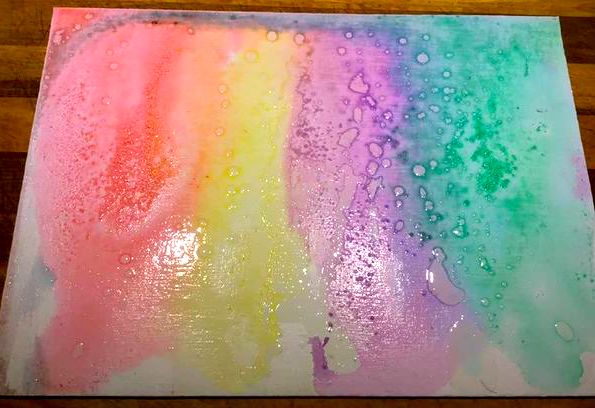
From E.T. to Guardians of the Galaxy to the Starship Enterprise, there are plenty of outer space scenarios you can make. The easiest way to make a cool image without messing up the emulsion background is by drawing simple silhouettes. There are plenty of spaceships that have recognizable shapes without needing to add the details.
Draw them lightly on the surface in pencil, and then fill them in with a felt tip marker or black paint.
The simple drawings on the emulsion backdrop will take a familiar ship or character on a new adventure.
The results of this project may give a feel of another world, but artists have always used the process to help build new colors and worlds, as American photographer Paul Caponigro explained in his photography book New England Days.
“Emulsions, liquid developers, silver salts, and fixers interact, and I construct a landscape that I need to first explore in my mind’s eye if I am to make it manifest as an artful image in silver,” he said.
